The country’s space agency plans to send a crew of three on a mission within 40 months.


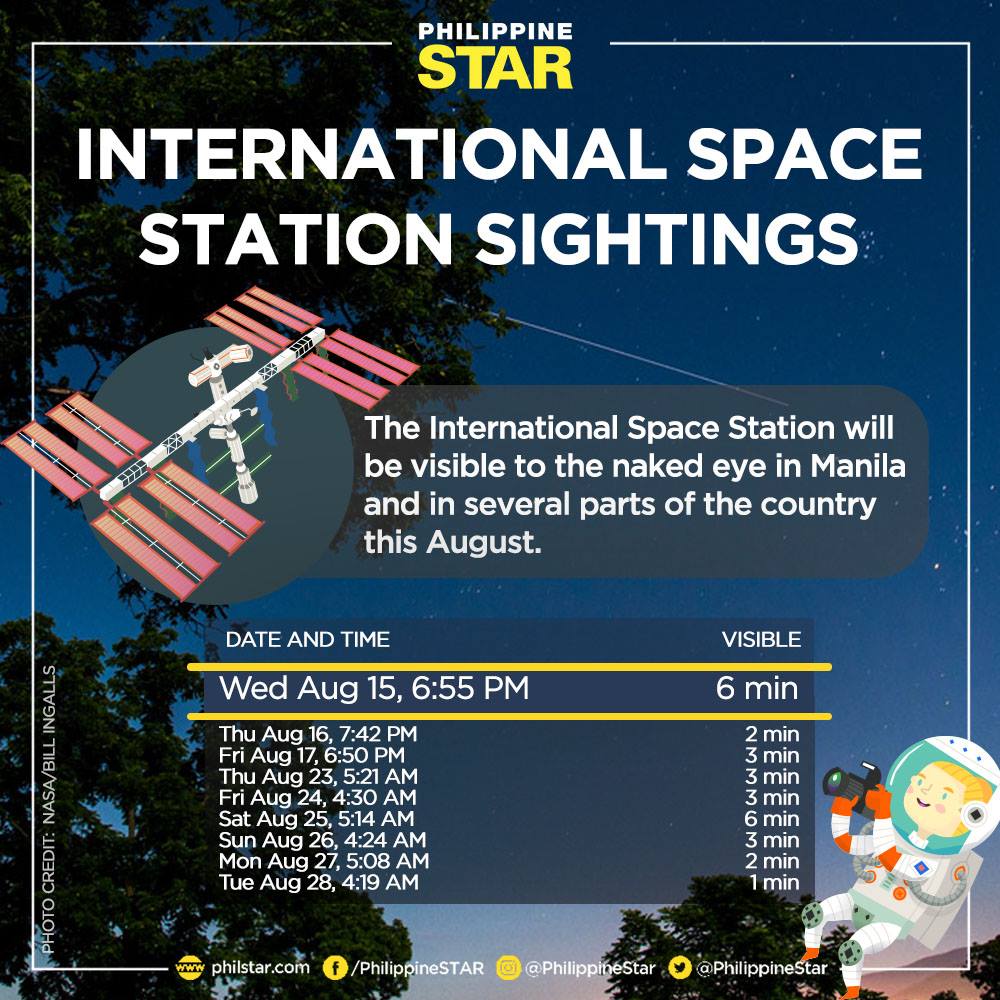
The International Space Station (ISS) will be visible to the naked eye in several areas in the country starting tonight!
According to the NASA website, the space station looks like “an airplane or a very bright star moving across the sky” and moves considerably faster than a typical airplane.
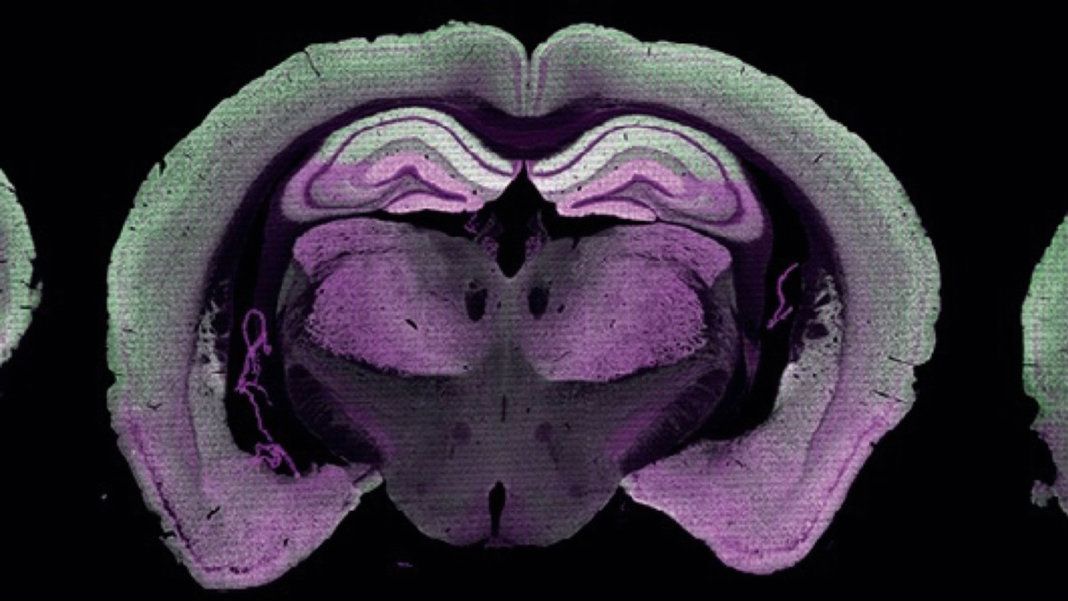
“There are more synapses in a human brain than there are stars in the galaxy. The brain is the most complex object we know of and understanding its connections at this level is a major step forward in unravelling its mysteries,” said lead author Dr. Seth Grant at the Center for Clinical Brain Sciences.
Imagine a map of every single star in an entire galaxy. A map so detailed that it lays out what each star looks like, what they’re made of, and how each star is connected to another through the grand physical laws of the cosmos.
While we don’t yet have such an astronomical map of the heavens, thanks to a momentous study published last week in Neuron, there is now one for the brain.
If every neuron were a galaxy, then synapses—small structures dotted along the serpentine extensions of neurons—are its stars. In a technical tour-de-force, a team from the University of Edinburgh in the UK constructed the first detailed map of every single synapse in the mouse brain.
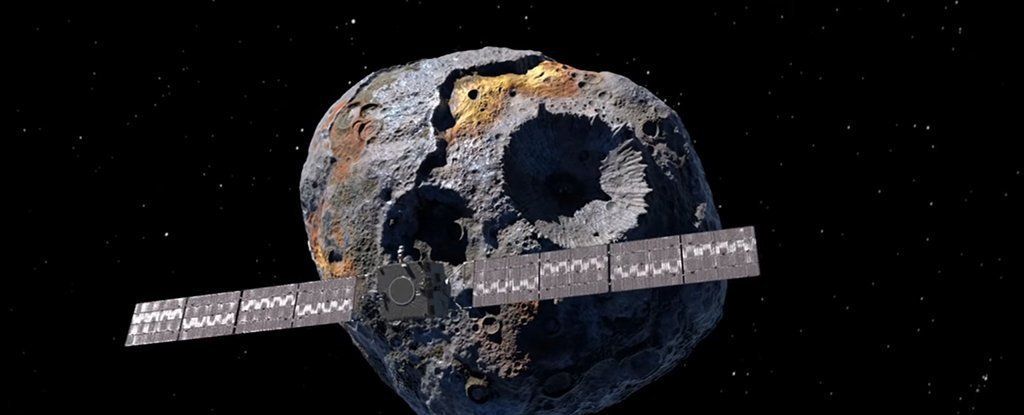
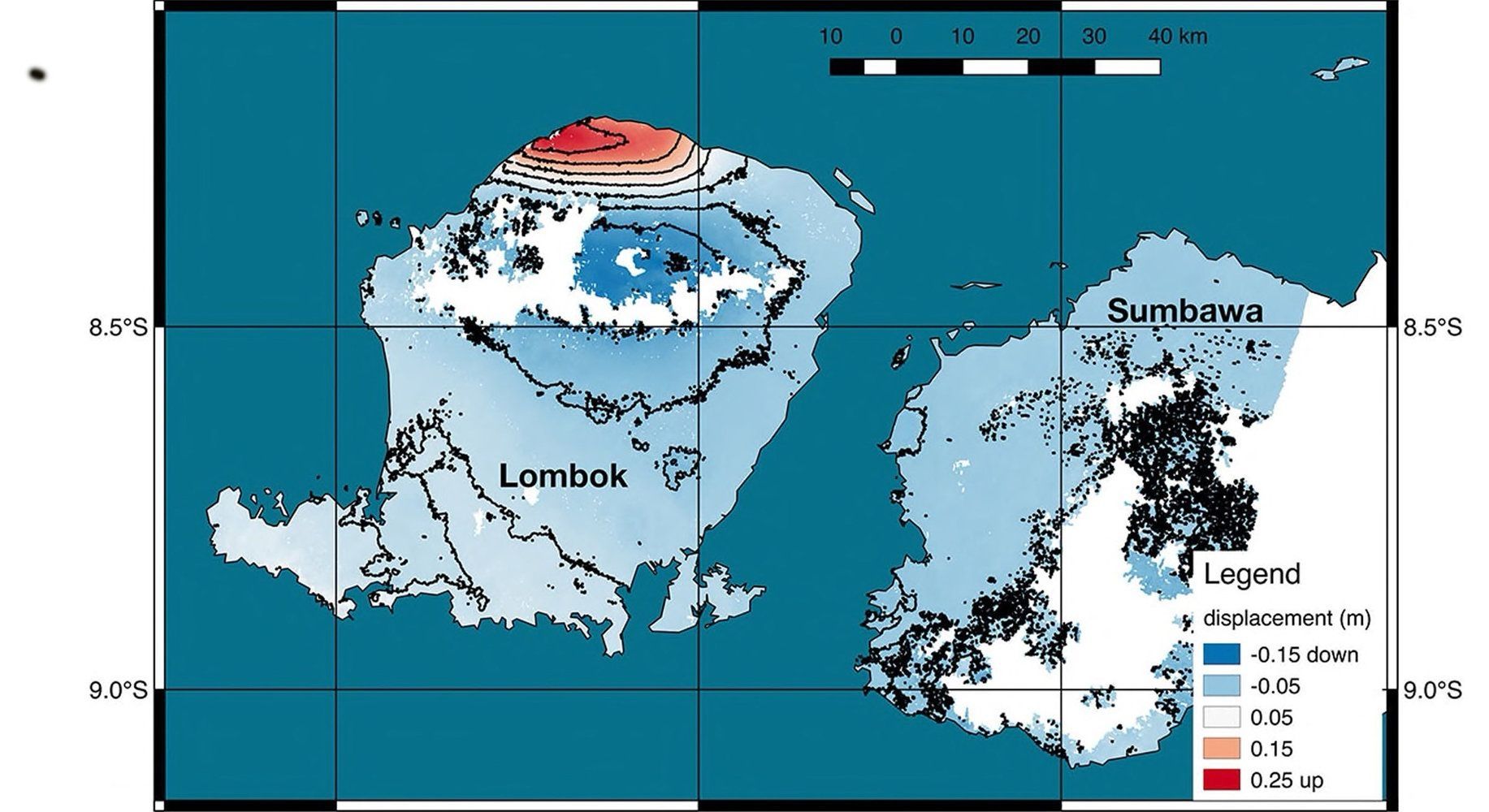
Using satellite images of Lombok from the days following the Aug. 5 quake, scientists from NASA and the California Institute of Technology’s joint rapid imaging project made a ground deformation map and measured changes in the island’s surface.
In the northwest of the island near the epicenter, the rupturing faultline lifted the earth by a quarter of a meter. In other places it dropped by 5–15 centimeters (2−6 inches).
NASA said satellite observations can help authorities respond to earthquakes and other natural or manmade disasters.
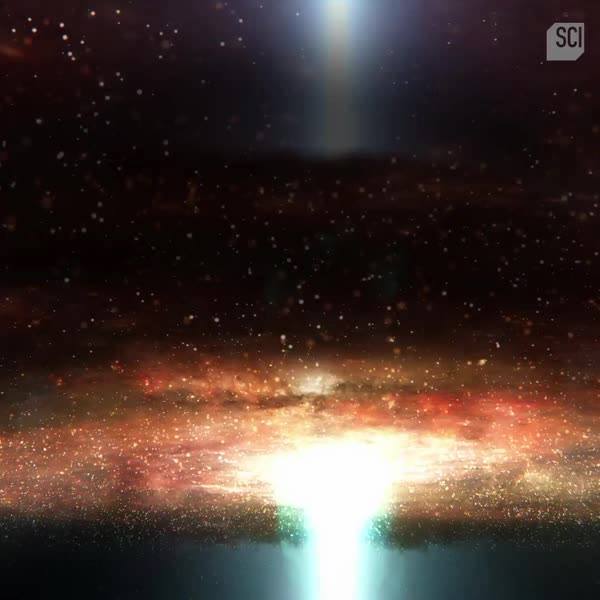
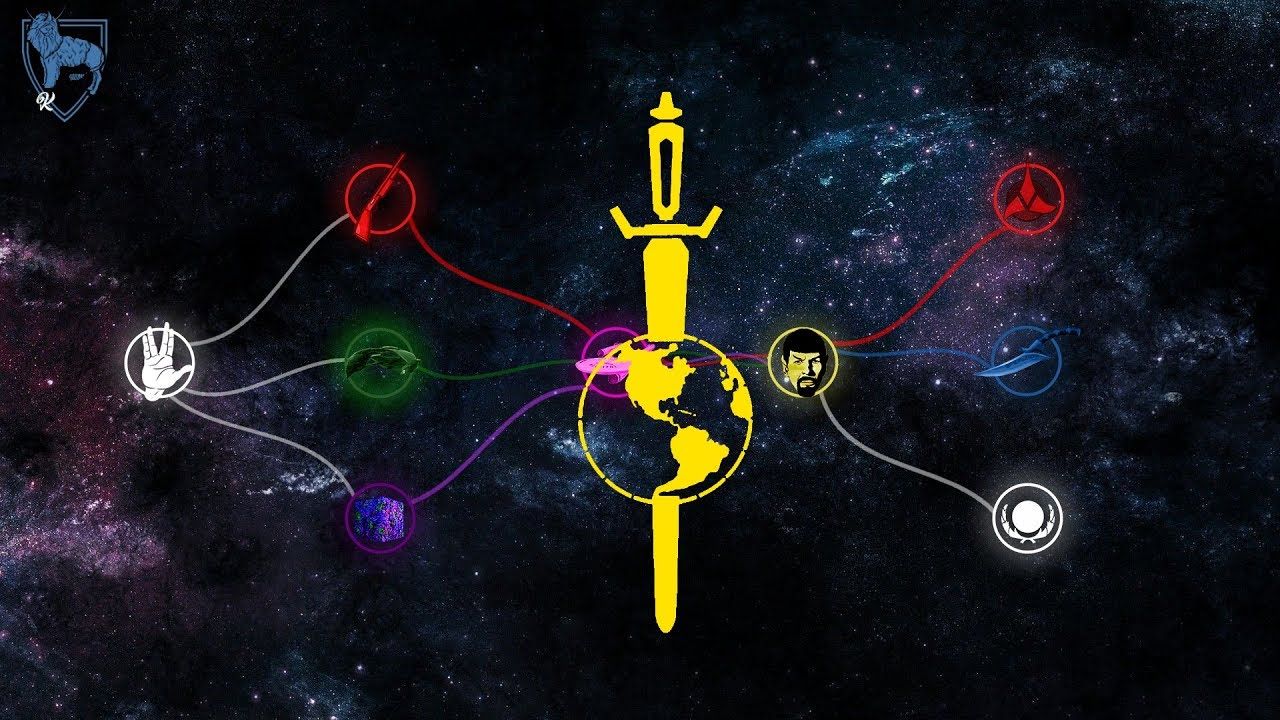
When I think about our future, I cannot help myself but look upon the fictional universe of Star Trek. Not just because of their unabiding pursuit “to boldly go where no one has gone before,” but equally their philosophical measurement of their day-to-day lives.
As the U.S. government continues to impose xenophobic policies and attempts to militarize space, our future runs the risk of becoming something similar to the tyrannical (albeit fictional) entity known as the Terran Empire.
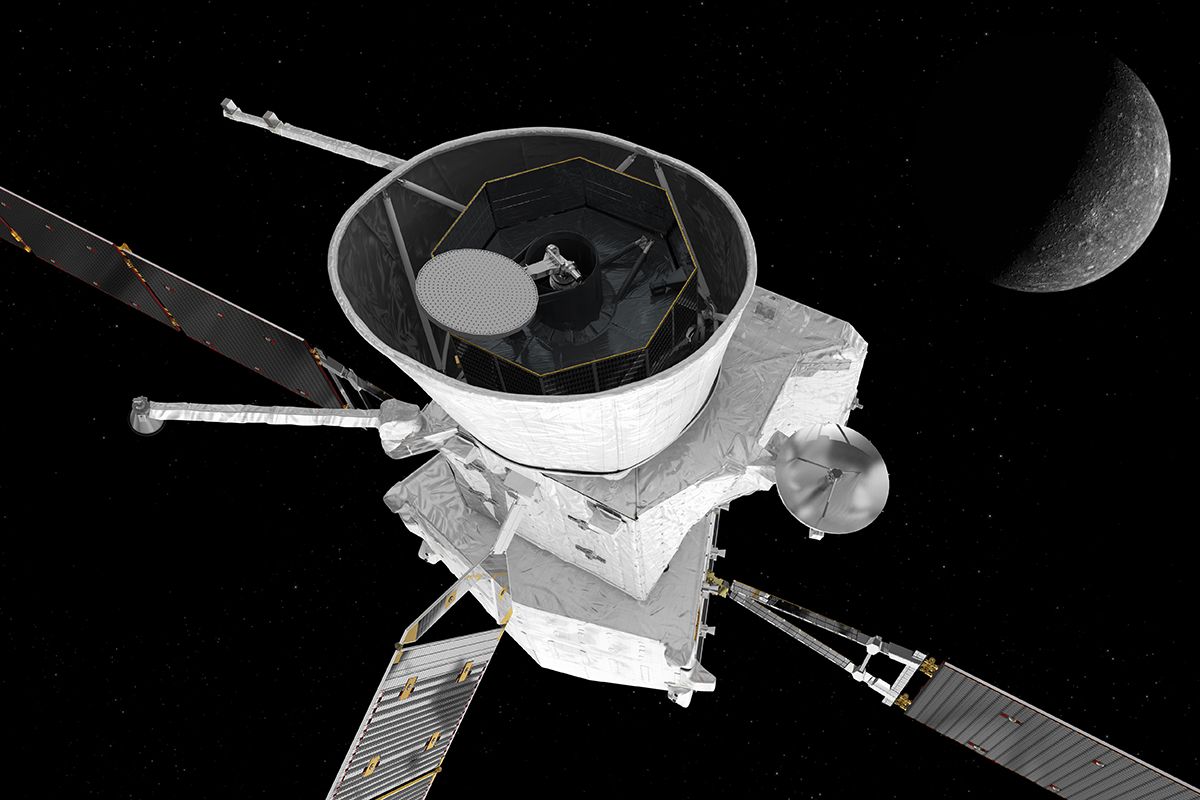
By New Scientist staff
It’s time to return to Mercury. The solar system’s boiling-hot innermost planet will have a visitor soon – a probe called BepiColombo, which is set to launch in October 2018. After seven years of journeying through the inner solar system, the spacecraft will enter Mercury’s orbit in 2025, and help to unravel the mysteries of this tiny, scorched planet.
Mercury is a bit of an enigma. Despite being so close to the sun and reaching temperatures of 350°C, NASA’s Messenger probe saw what looked like ice in the craters near the planet’s poles when it passed by in 2012. Messenger also found that Mercury has a tenuous atmosphere, even though it is blasted with intense radiation from the sun. And in 1974, NASA’s Mariner 10 probe detected a magnetic field on Mercury – a surprising find, as Venus, Mars, and the moon don’t have one.
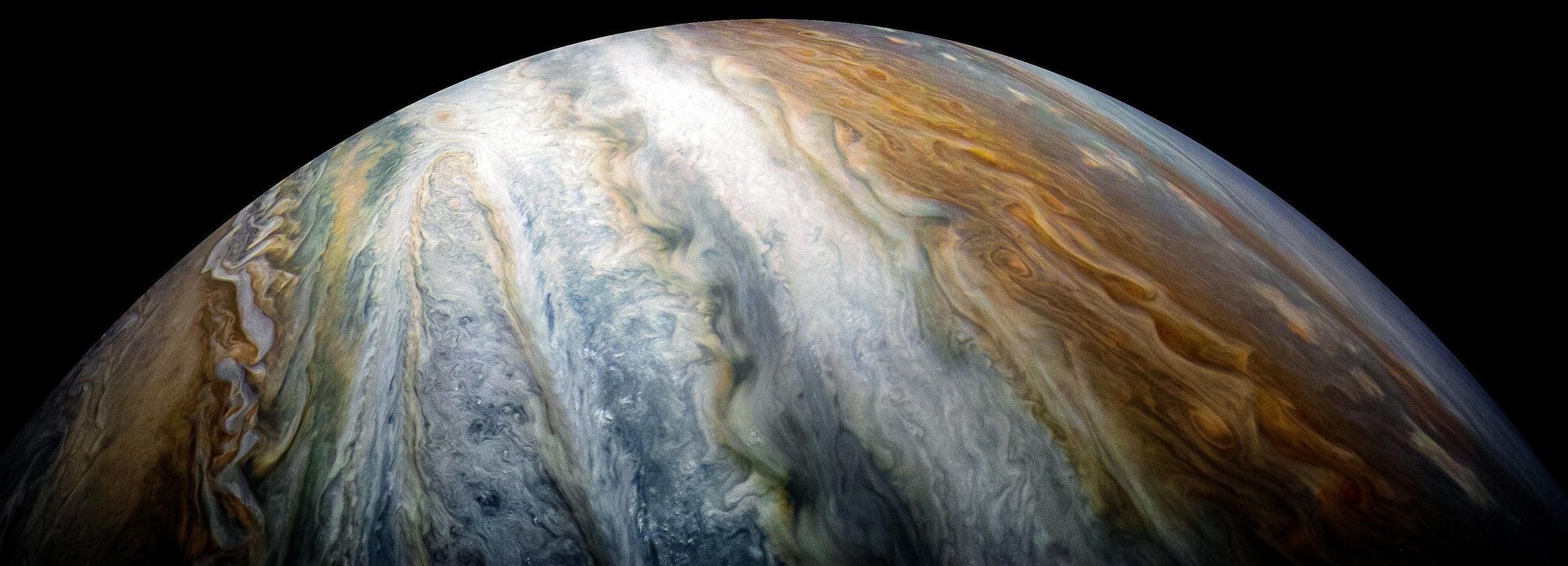
Of all the planets in our Solar System, Jupiter is probably the most interesting to look at. It’s just a big ball of fast-moving gasses in all kinds of wild colors. The planet hosts storms that could swallow the entirety of Earth, and while we can see lots of neat things happening near the planet’s cloud tops it’s a lot more difficult to determine what is actually going on deeper inside the planet.
Now, thanks to some fancy calculations and jet stream models inspired by Earth’s own weather patterns, researchers have a new theory on just why Jupiter’s crazy bands seem so perfectly arranged.
In the study, which was published in The Astrophysical Journal, scientists explain that the jet streams on the planet are likely cut off by magnetized gasses deeper within the planet. The jet streams control the flow of gasses around the planet’s outer atmosphere where colorful bands of ammonia twist around the planet. These jet streams stretch many miles into the planet, but stop once they reach the magnetized gasses closer to its center.

America is reclaiming its heritage as the world’s greatest space-faring nation and leading space development into the 21st century.
BUILDING SPACE FORCE: President Donald J. Trump and his Administration are laying the groundwork to build Space Force as the sixth branch of the United States military.